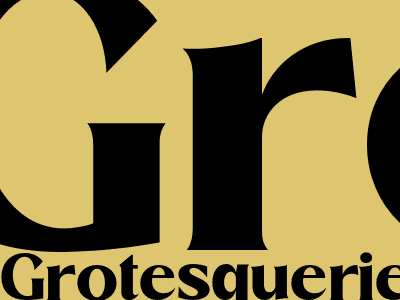
The Grotesque Cast of Characters in Literature
An Exploration of Deviant Beings and Their Impact
Grotesque characters, with their distorted physical or psychological features, have captivated and disturbed readers for centuries. They embody the unsettling fusion of the familiar and the bizarre, challenging social norms and inviting contemplation of the human condition. This essay examines the grotesque cast found in literature, exploring their origins, characteristics, and evocative power.
Origins and Evolution
The origins of grotesque characters can be traced back to ancient mythology and art. From the monstrous Gorgons to the deformed satyrs, these creatures represented the untamed forces of nature and the darker aspects of the human psyche. In literature, the grotesque emerged as a distinct genre during the Renaissance and Baroque periods, when writers like Rabelais and Shakespeare employed it to satirize social follies and provoke emotional responses.
Physical and Psychological Abnormalities
Grotesque characters are often characterized by exaggerated physical deformities or bizarre appearances. Their twisted limbs, disfigured faces, and abnormal proportions evoke a sense of unease and discomfort. These physical deviations symbolize the inner turmoil or moral decay within these characters.
Psychological abnormalities also play a significant role in the grotesque. Grotesque characters may exhibit madness, depravity, or extreme obsessions. Their distorted minds lead them to irrational actions and perverse behaviors, blurring the lines between humanity and monstrosity.
Social Outcasts and Deviant Archetypes
Grotesque characters often exist on the fringes of society, representing marginalized or outcast figures. Their unconventional appearance and behavior challenge societal norms and expectations. By embodying the fears and anxieties of the dominant culture, they serve as cautionary tales about the dangers of deviance and nonconformity.
Moreover, grotesque characters often embody archetypal figures, representing universal themes of transformation, corruption, and redemption. They hold a mirror to society, exposing its hidden fears and repressed desires.
Disruption and Transformation
The grotesque cast of characters disrupts the conventional literary landscape. Their presence challenges traditional notions of beauty and morality, forcing readers to confront their own prejudices and assumptions. Through their unsettling nature, grotesque characters can provoke catharsis, providing a release for pent-up emotions and a means of grappling with the darker aspects of human existence.
In some cases, grotesque characters undergo a transformative journey, moving from a state of deformity and isolation to a greater understanding and acceptance of their own uniqueness. This transformation reflects the potential for redemption and growth within even the most outcast figures.
Conclusion
Grotesque characters are a testament to the power of literature to explore the boundaries of human experience. Through their distorted forms and deviant behaviors, they disrupt societal norms, provoke emotional responses, and invite contemplation of the human condition. Their presence in literature serves as a reminder that even within the grotesque, there can be found beauty, truth, and the possibility of redemption.